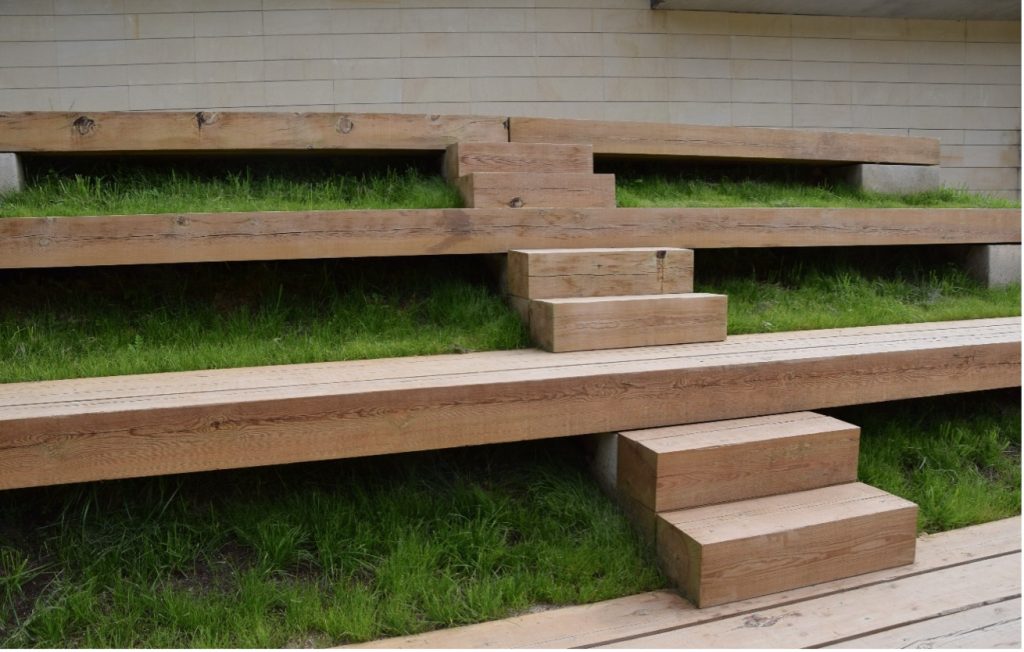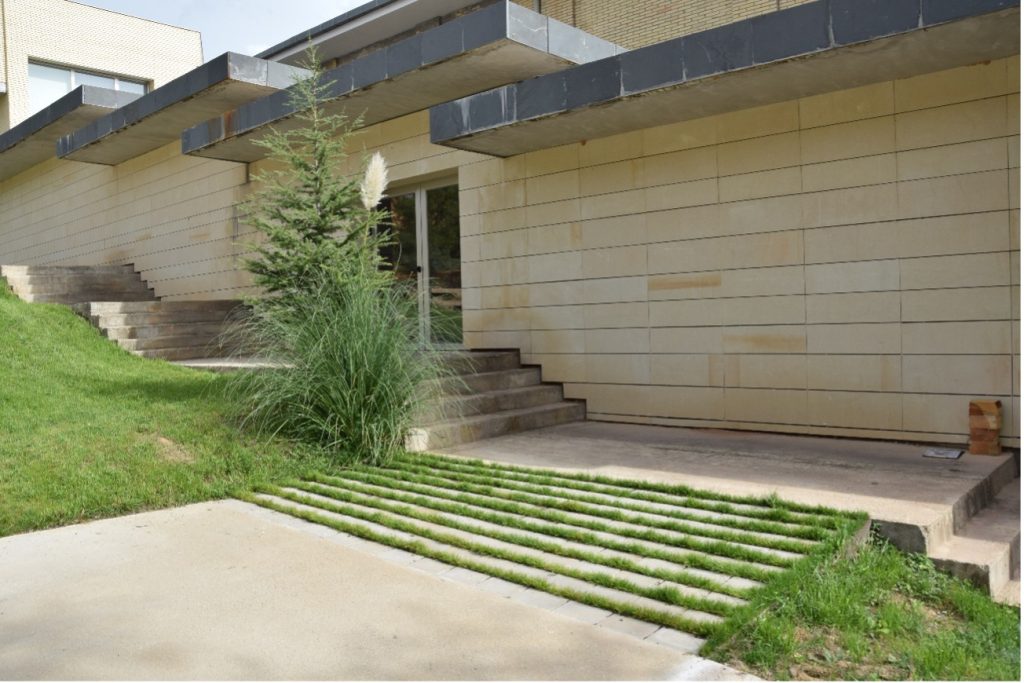THE IMPORTANCE OF THE RENATURALISATION OF URBAN SPACES
Author: Rodrigo del Pozo Beamud
Contact: rodrigo.delpozo@alumnos.upm.es
Introduction
Applying the principles of social, economic and environmental sustainability, “renaturalisation” involves the restoration of ecosystems in such a way that they can perform functions such as regulating the climate, reducing pollution and the risk of flooding and, ultimately, improving public health.
Therefore, the design and implementation projects of “green infrastructure” acquire capital importance, with the application of solutions based on nature itself, economical and durable, thus avoiding building expensive infrastructures.
The objective would be the implementation of efficient environmental services that contribute to protecting health, saving energy, fighting climate change, and improving the quality of air and water, in short, favouring environmental conditions and thus the quality of life of the citizens.
Objectives of the Renaturalization Projects
The main aim would be to create areas of high ecological value that are low maintenance. Besides, such areas would also be biodiversity reserves with the following positive effects:
• Minimise the heat island effect
• Improve air quality: vegetation acts as a filter, reducing atmospheric pollutants, and as a lung, providing both oxygen and fixing CO2
• Improve public health, planning the use of appropriate plant species and avoiding allergenic or harmful species.
• Capture pollutant elements
• Create shadow areas by regulating climatic conditions.
• Improve biodiversity
• Provide universal access to green areas and safe public spaces
Thereby achieving improved health, more spaces close to nature and greater social cohesion. In other words, spaces at the service of the city and citizens.
Design conditions
Regarding the design conditions, sustainability should be taken as a premise, seeking to minimise the contribution of irrigation water along with essential maintenance.
To this end, planting native species, sustainable natural grasslands with low water consumption, draining pavements, storm tanks for the use of rainwater for irrigation, bushes and wildlife refuge areas could be proposed in urban space renaturalisation projects. In a similar vein, insectivorous birds and/or bats nesting prevention, nest boxes or solutions against pests, to name but a few, should be also take into consideration.
Likewise, the visibility and surveillance of spaces should be considered: height of tree crossings greater than the height of vision (1.75 m), height of hedges and bushes not greater than 0.75 m. (gender perspective), etc.
In short, it would be about designing safe and healthy public spaces that encourage the promotion of outdoor activities and relationships between people.
This article aims to reflect on this, relying on an urban intervention action that we could consider as an example of good practices.
Ágora Space in Cuenca Campus at the University of Castilla-la Mancha
Conditioning works are being carried out in this area and the first phase has already been completed.
It was a degraded space that has been intervened in order to recover it as a recreation area for the Campus.
Its privileged location within the Campus gives it a great potential for its use due to the high number of students who move around the area.
The intervention consisted of carrying out the necessary works to create two different areas, connected to each other by a ramp that bridges the existing unevenness.
On the northern platform (object of the first phase already executed), a small open-air amphitheatre is located, taking advantage of the existing slope and maintaining its topography, which has a platform-stage at ground level. The complex sits on a natural meadow.

Image 1: Detail of the wooden stands.
Its objective is to host various events such as concerts, open-air master classes, etc.
It is worth highlighting the reduction of earthworks to a minimum, the formation of natural grassland by hydroseeding through a mixture of herbaceous plants suitable for the continental Mediterranean climate. Besides, it is remarkable the execution of an irrigation network based on sprinklers, diffusers, and pipes with drippers for irrigation underground with automatic programming designed to minimize water consumption.
In a similar vein, it is noteworthy how the use of permeable pavements reduces the risk of flooding, or the use of concrete pavers placed without mortar with a green joint.
It is a draining pavement with an open joint of variable width, which is filled with a substrate of sand and topsoil to promote grass growth.
Biodegradable separators are used for the joints that fix the position of the pavement, thus providing stability.

Image 2: Cobblestone pavement with green joint.
Likewise, it is worth highlighting the use of local materials: black pine wood from the forests of Cuenca in the stands, on the platform-stage and in the urban furniture.
Conclusion
It is possible and also necessary that the actions to be carried out by professionals with competencies in the management and transformation of the territory, and its natural and cultural heritage, involve and assume environmental design criteria. Therefore achieving spaces that are respectful to nature, friendly and healthy, for the citizen’s leisure and recreation.
Sources: Dissemination Guide to Municipal Green Infrastructure of the FEMP
